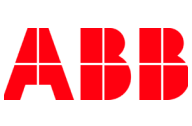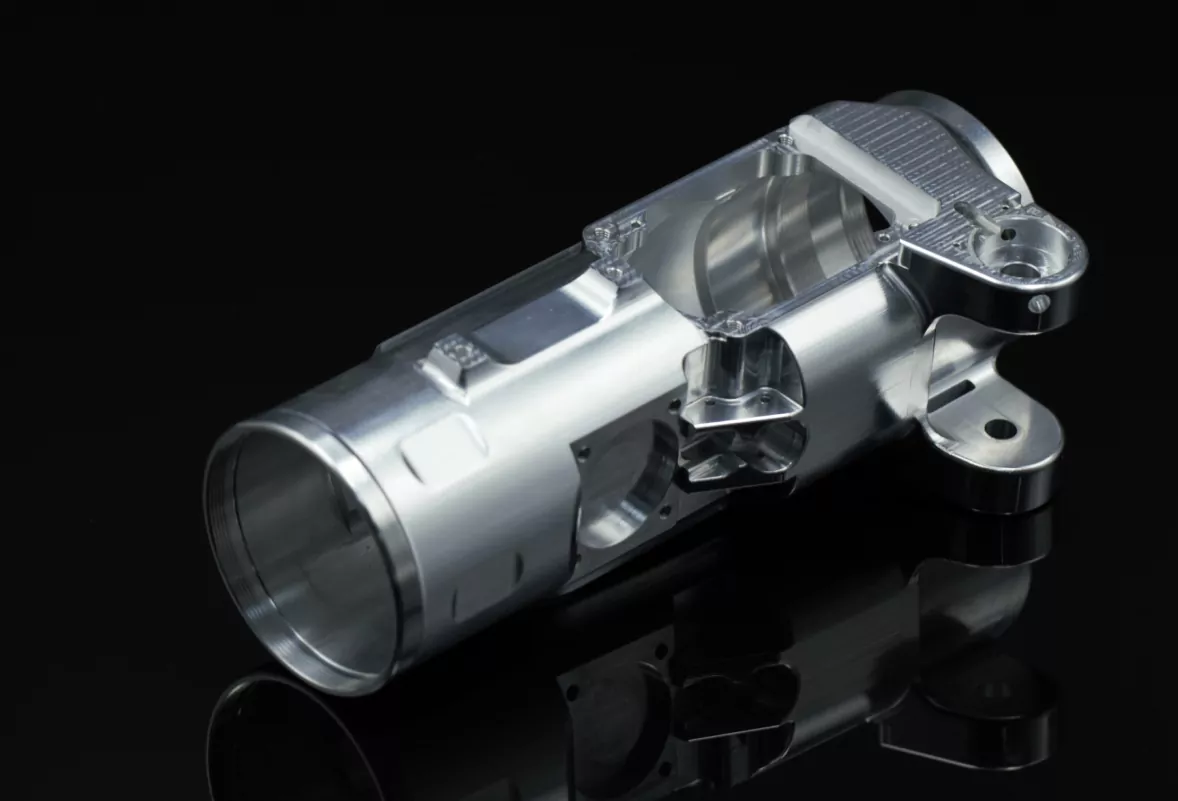








50+
CNC
MACHINES
MACHINES
ISO
9001:2015
CERTIFIED
CERTIFIED
10K+
CNC PARTS
made MONTHLY
made MONTHLY
100+
PLASTIC &
METAL MATERIALS
METAL MATERIALS
From Concept to Production
CNC machining is an ideal manufacturing process whether you need a few parts or 10000+ units as end-used production parts. Here are the custom CNC services available at 3ERP.

Prototype Machining
From 3ERP, you can get your CNC machined prototypes done in days, super shot lead times allows you to verify the design fast.
- Instant quotes
- Instant DFM feedback
- Excellent quality
- Short lead time

Low-Volume Machining
CNC machining is a cost-efficient way to make certain types of parts in small volume or medium quantity. For example, 100 pieces to 1000 pieces.
- Lower cost
- Production-level quality
- Short lead time
- Test out the market before investment

Production Machining
Using CNC machines and robots is a best option for big volume production machining which allows us to avoid heavy labor. Decrease the cost significantly.
- Experienced engineers for DFM optimization
- A professional project manager working in your time zone
- First Article Inspection
- Guaranteed consistent quality
Put your parts
into production today
into production today
All information and uploads are secure and confidential.
Advantages and Challenges of CNC Machining
Here we present some of the main advantages of CNC machining compared to other manufacturing processes such as 3D printing, injection molding, urethane casting, laser cutting, plasma cutting, or other sheet metal fabrication processes.
Cost-efficient:
The CNC machining process is a high-speed manufacturing process for certain types of parts. CNC machines with a powerful spindle and good machine tools allow us to remove raw material fast. If the part geometry is simple (for example, a solid base plate which needs holes, threads, steps, or grooves) very small amounts of raw material are removed. In this case, the unit price for CNC machining will be much lower than 3D printing, because it would take many hours to print such a part.
More precise:
On a good CNC mill or lathe, the machine tolerance is +/-0.005 mm, and if we can remove 0.005 mm in the final cut from the workpiece, that means we can easily get parts machined with a +/-0.01 mm tolerance. Compare this to the 3D printing process, in which parts are printed layer by layer. The minimum layer height is 0.05 mm, which means the parts tolerance can’t be less than 0.05 mm.
Better for surface finishing:
Post-processing is always needed for cosmetic parts, so it is very important to achieve a good surface finish at the first stage. When the RPM of the CNC mill goes up to 15,000 and the CNC lathe up to 6,000, the CNC machined part surface roughness is less than Ra 0.8, which is good for bead blasted, painted, or anodized surfaces without sanding manually. Meanwhile for parts made from SLS, SLM, or DMLS processes, the surface roughness is far more than Ra 3.2.
More flexible part sizes:
A large CNC machine center can have a table measuring 6 m x 30 m or larger, which means that very big parts can be milled. And as far as we know, the biggest lathe was built with a maximum 5 m diameter. At the other end of the scale, with precise 5-axis CNC Mills and R0.05 mm cutting tools, we can mill a tiny geometry from a 1 mm x 1 mm x 1 mm
Simple parts are more economical than complex ones during CNC machining. While geometric complexity is possible, it requires steps that increase the cost of the operation, such as multi-axis machining or multiple setups. Design complexity is limited by tool access: the angle and size of the cutting tool determines which areas of the workpiece it can and cannot reach.
Startup costs can also be high for CNC machining. Although it is a tool-free process, giving it lower startup costs than molding and casting, machining requires a slow setup and tool loading procedure that only an experienced machinist can perform. This adds significant cost per part if only one or a handful of parts are machined per setup.
Another challenge for CNC machining is material waste. Because machining is a subtractive process, a considerable amount of the workpiece is turned into chips (swarf) that are discarded after machining. However, blanks (pieces of raw material for machining) cost much less than some other forms of material — additive manufacturing powders, for example.





























